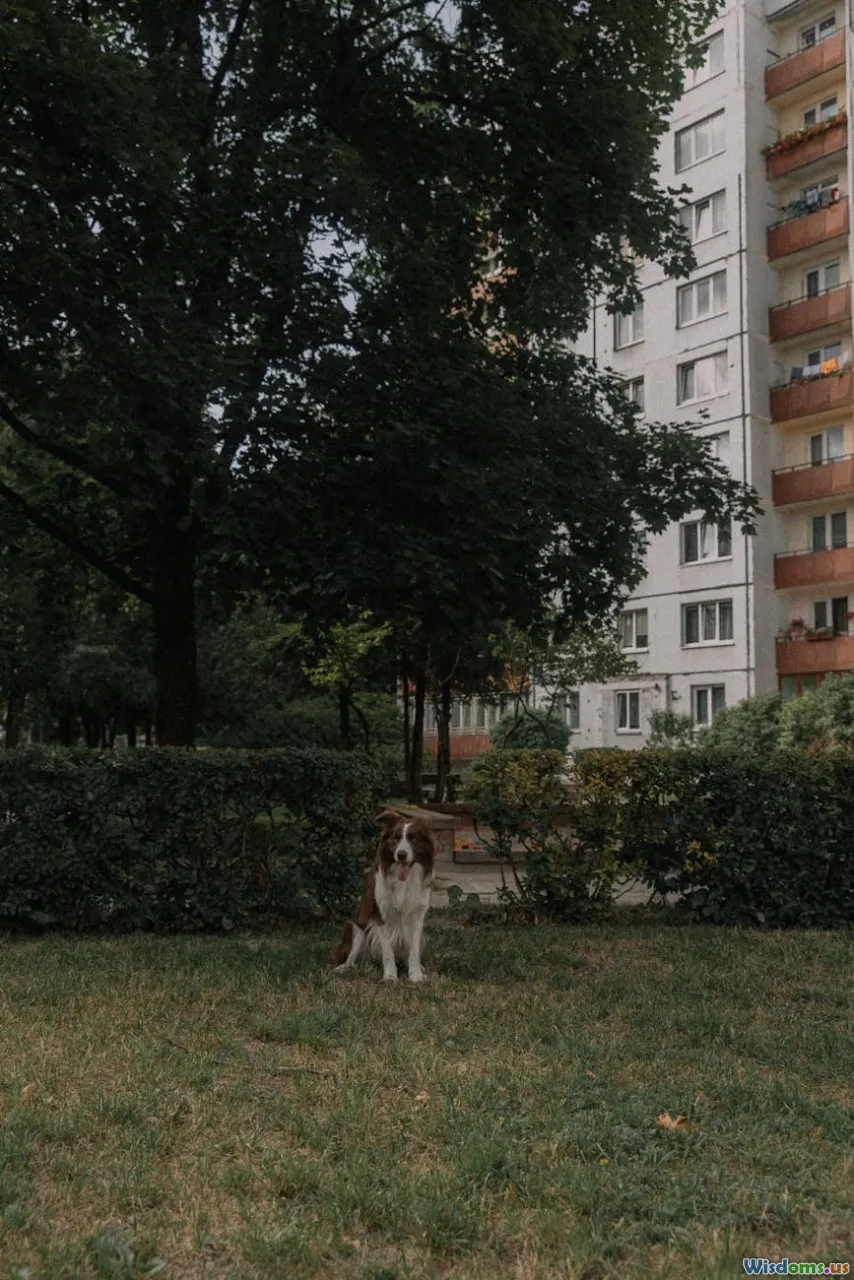
Which Dog Breeds Thrive in Apartments Surprising Top Choices
7 min read Discover the surprising dog breeds that thrive in apartment living with tips backed by expert insights and real-life examples. (0 Reviews)
Which Dog Breeds Thrive in Apartments? Surprising Top Choices
Apartment life often conjures up images of cramped spaces and limited exercise options, leading many to believe that only a few dog breeds can adapt well to such an environment. However, the reality can be quite surprising. The right breed, combined with thoughtful care and exercise routines, can make any apartment dweller a happy pet parent. This article explores unexpected dog breeds that flourish in apartments, detailing their personalities, exercise needs, and special considerations.
Why Breed Choice Matters in Apartment Living
Small living spaces require dog breeds that can mentally and physically adapt to confined quarters without distress. According to the American Kennel Club (AKC), attributes like size, energy level, noise tendencies, and social behavior play critical roles in suitability for apartment living. Choosing a breed that naturally harmonizes with this environment reduces stress for both owner and pet, lowers the risk of behavioral issues like destructive chewing or barking, and promotes healthier relationships within multi-dwelling communities.
Surprising Apartment-Friendly Dog Breeds
While typical lists mention French Bulldogs, Cavaliers, or Chihuahuas, some less obvious breeds also thrive in apartments due to their temperament and adaptability.
1. Basenji – The 'Barkless' Wonder
Originating from Central Africa, the Basenji is famously known as the "barkless dog" since it makes a unique yodel-like sound instead of barking. Their quiet nature is a blessing in apartments with strict noise regulations. Despite being medium-sized and energetic hunters, they channel energy efficiently through daily play and short walks. Owners must provide mental stimulation as Basenjis are intelligent and can become bored, but their minimal noise and moderate exercise needs make them excellent apartment pets.
Real-World Insight: A New York City apartment owner shared how adopting a Basenji helped maintain calm in a bustling building while fulfilling her active lifestyle.
2. Greyhound – The Retired Racer’s Calm Discipline
Despite their sleek and athletic bodies often associated with speed, Greyhounds are surprisingly relaxed indoors. Known as the "45 mph couch potatoes," retired racing Greyhounds love lounging and require only moderate exercise — typically a few short daily walks or a brief sprint.
According to Greyhound Rescue organizations, these dogs adapt seamlessly to apartment life because they appreciate quiet and comfort, often spending hours napping.
3. Japanese Chin – A Regal Lapdog
Often overlooked, the Japanese Chin is a small, elegant breed prized for their friendly temperament and low activity levels indoors. Their history as royal companions has made them thriving in confined spaces, adapting well to daily indoor life and brief outdoor play sessions.
Because they are low shedders and generally quiet, they suit apartment living, especially for those seeking a low-maintenance but affectionate dog.
4. Italian Greyhound – Petite Elegance Meets Adaptability
Smaller cousins of the Greyhound, Italian Greyhounds combine delicate size and an affectionate demeanor suitable for apartment dwellers. Like their larger relatives, they enjoy leisurely naps punctuated with brief bursts of energy requiring only short daily walks.
Veterinarian advice often highlights their need for warmth and comfort indoors due to their thin coats, making apartment heaters a valued luxury. This breed flourishes when given affection, consistent routine, and reasonable exercise.
Key Factors to Consider When Living With a Dog in an Apartment
Size Is Just Part of the Equation
While smaller breeds tend to adapt better to apartments, some medium-sized dogs with calm temperaments and exercise dispensability fit the lifestyle well, such as the aforementioned Greyhound.
Exercise and Mental Stimulation
Daily exercise routines tailored to breeds’ energy levels are essential. Dogs like the Basenji may require interactive toys or puzzle feeders to keep them mentally sharp.
Managing Noise and Neighbors
Noise complaints are a common reason landlords refuse pets or evict tenants. Selecting quieter breeds and training your dog can make cohabiting smoother. Basenjis' distinctive sounds and other quiet breeds offer advantages here.
Socialization and Behavior
Apartment dogs often encounter other dogs, elevators, and strangers. Breeds that handle social environments calmly tend to adjust better and form confident, balanced personalities.
Real-Life Tips from Apartment Dog Owners
-
Routine Matters: Consistency in walking times helps reduce anxiety and accidents indoors.
-
Space Optimization: Creating cozy corners with dog beds and toys maximizes limited space.
-
Elevator Etiquette: Teaching patience prevents stress during rides.
-
Vet Consultations: Seek breeds’ health considerations that might complicate apartment living, like respiratory issues prone to breeds like Bulldogs.
Conclusion
Apartment living doesn’t limit the joy of dog companionship to only a handful of breeds. Surprising candidates like the Basenji, Greyhound, Japanese Chin, and Italian Greyhound reveal that with informed choices and responsible pet care, dogs of various breeds can flourish in smaller spaces.
Understanding a dog’s unique personality, exercise needs, and social temperament is paramount to forging a harmonious home. When matched correctly, these delightful breeds prove that apartments can indeed be dog-friendly sanctuaries.
Choosing the right breed not only transforms your lifestyle but also enriches your pet’s quality of life — proving once again that good things often come in unexpectedly perfect packages.
Rate the Post
User Reviews
Popular Posts




















